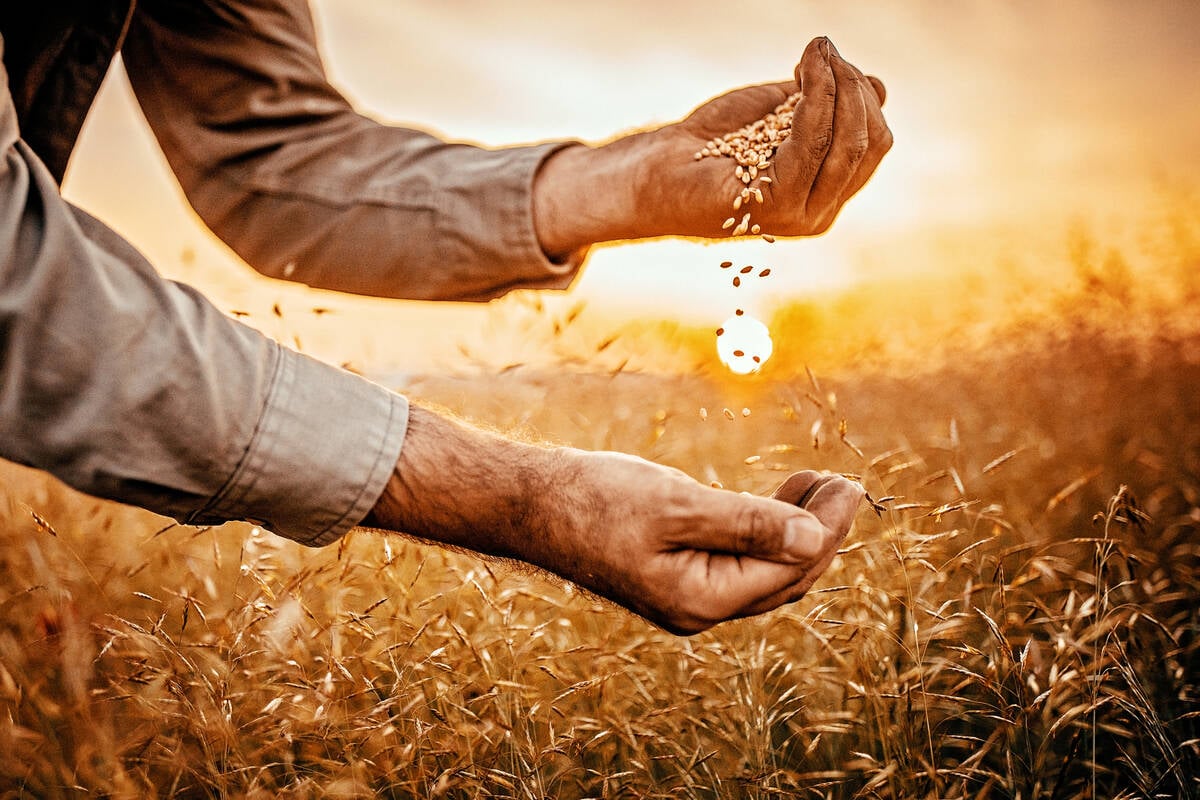A spring rain can get a crop off to a good start.
But processor Joel Thuma gave medicinal plant growers a dump of freezing water designed to dampen the enthusiasm of naive dreamers.
“How many people here are going to grow echinacea this year,” he asked the audience at the Prairie Medicinal and Aromatic Herbs Conference.
About half of the 250 people in the room raised their hands.
“Folks, that’s a recipe for disaster,”
Thuma said.
Growers across Canada are planting
Read Also

Taking a look inside Canada’s seed regulatory overhaul
ive years, eight task teams, 130 volunteers and 135 recommendations later, Canada’s seed industry is still waiting for meaningful regulatory change.
echinacea as never before, and soon the market will be flooded, he said.
“The price is going to go down. It already is. I’m paying less for it this year than I did last year.”
Thuma said medicinal and herb plant growers need to diversify their crops, not just concentrate on the “hot herb of the year.”
By jumping on the hot herb, the market is easily flooded, as happened with ginseng, which has seen its price plunge to below $20, less than half of what it was two years ago.
Echinacea will see its price fall, but not as badly as ginseng, Thuma forecasted. But growers of St. John’s Wort might be in for a nastier shock.
“It’s going to be a nightmare,” he said. “It’s going to be another ginseng.”
Thuma said he wouldn’t tell people not to plant echinacea, but he would encourage them to also plant other crops. And these other plants should be “so distinct it’s ridiculous.” That way, growers can spread out their risk.
Growers can try to capture lucrative markets with trendy crops, but should also make sure they produce plants they can depend on.
“Pick herbs that there’s going to be a demand for today and 30 years from now. You may not get rich overnight, but you’re going to be darned sure that you’ve got enough money to pay the mortgage.”















